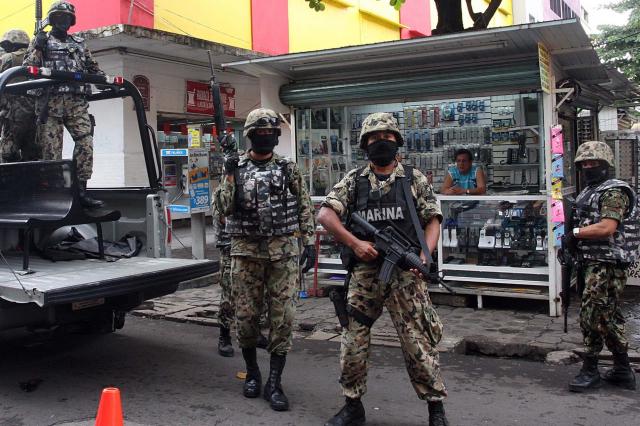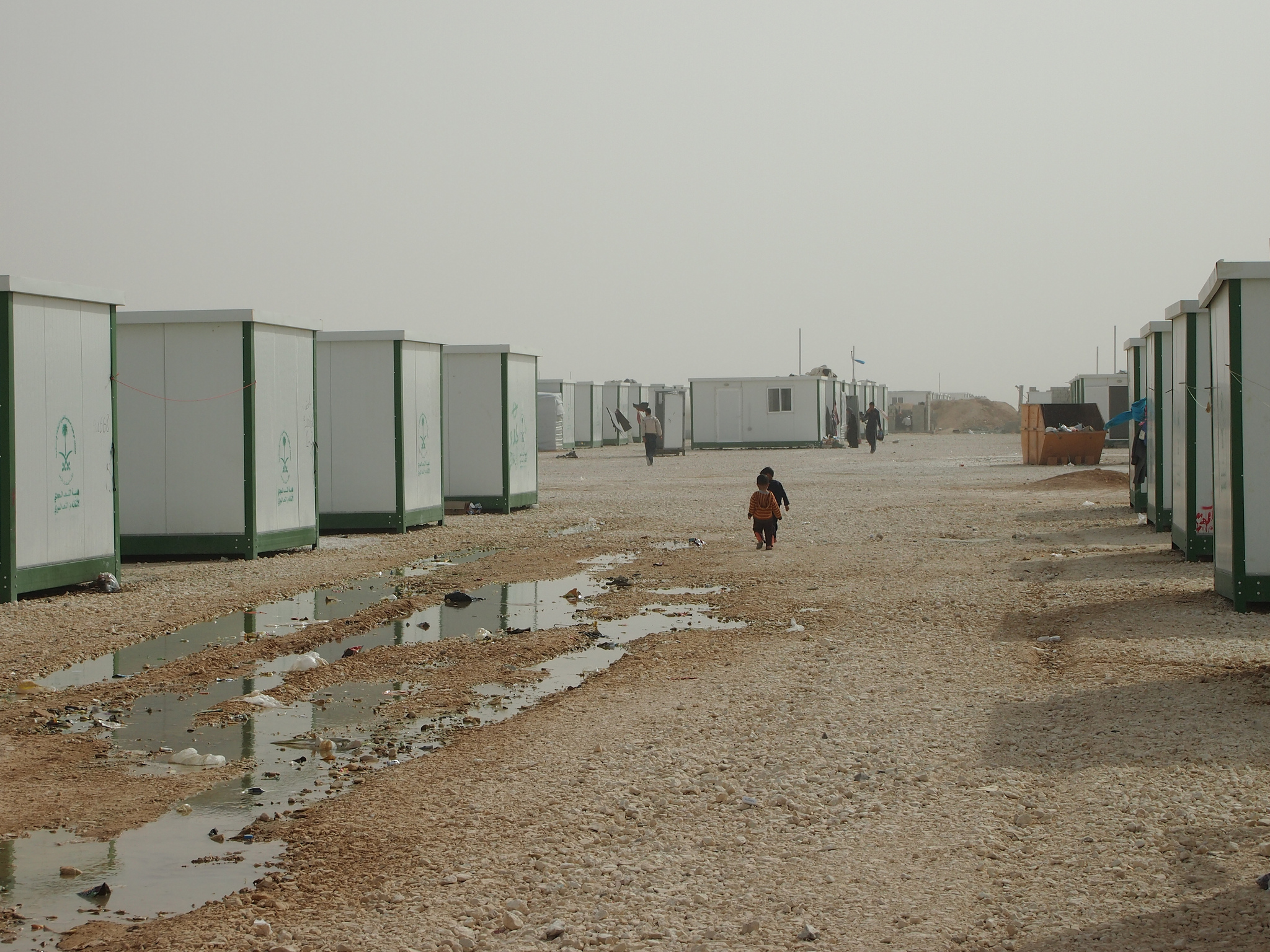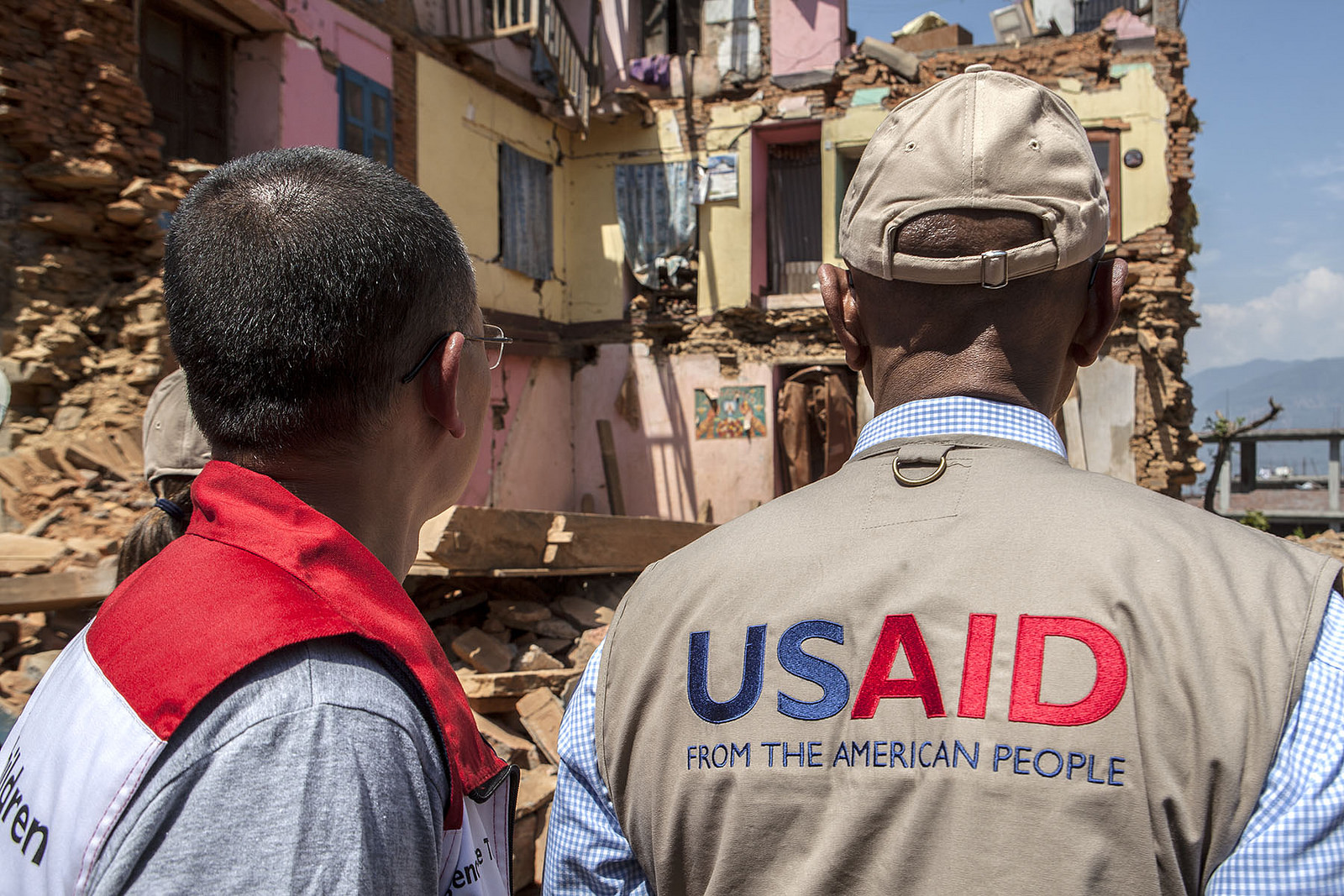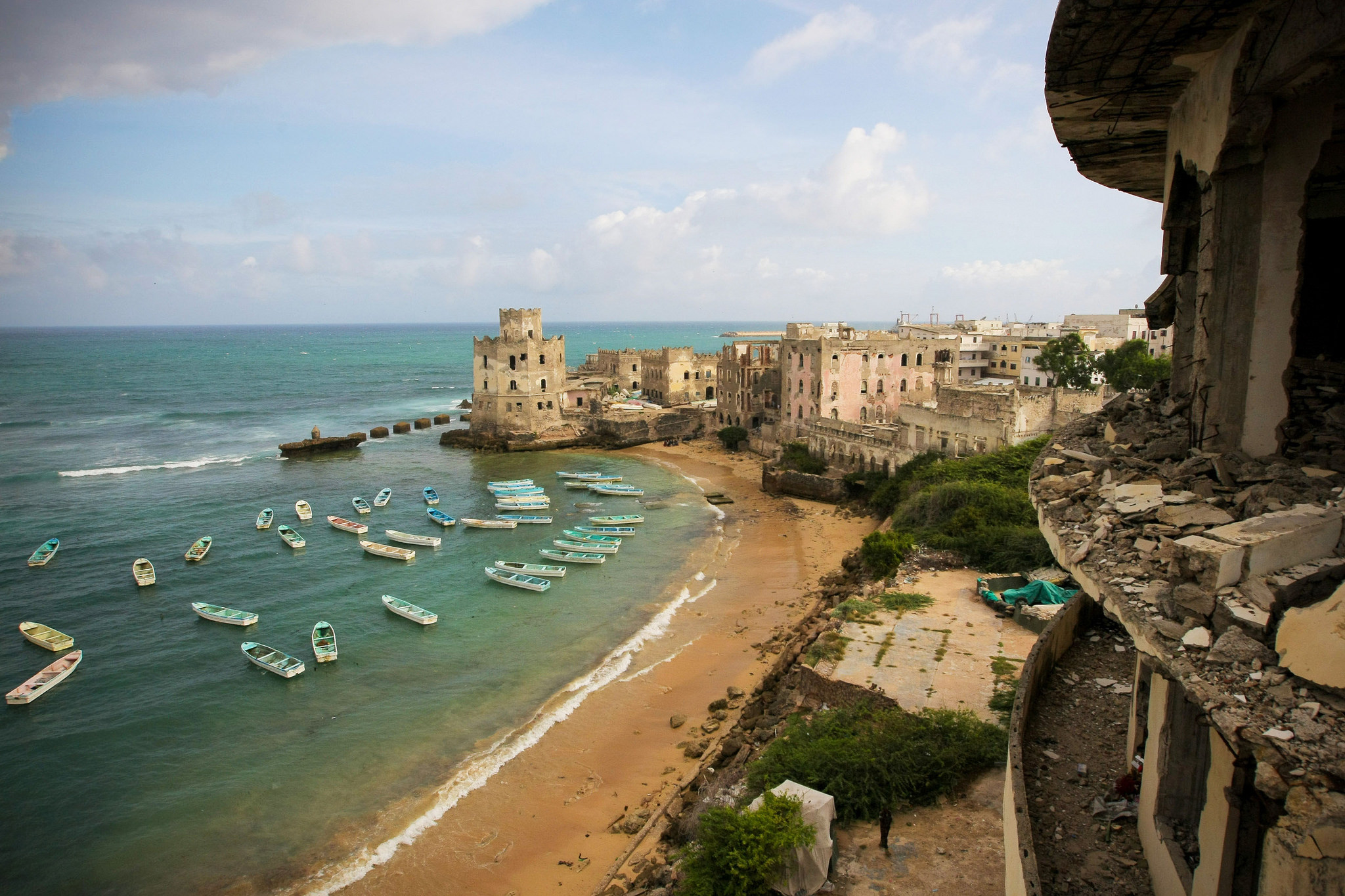Guest post by Idean Salehyan.
At first glance, the processes leading up to the 1979 Islamic Revolution in Iran and the 2016 US Presidential election bear little resemblance. There are clearly important differences between these societies and their political institutions; however, a careful look at cultural attitudes in the years preceding both events reveals striking similarities. As the son of Iranian immigrants, I’ve caught a glimpse into my parents’ life in pre-Revolution Iran and see a number of parallels between their world and the one I live in today.
The Pahlavi Dynasty in Iran (lasting from 1925-1979) promised rapid development modeled after the West. This extended not only to economic matters, but also to a cultural outlook that emulated Europe and America. The children of the well-off often went abroad for their education – the urban elite adopted Western clothing styles, musical tastes, and social norms. For my parents, this meant listening to the Beatles and the Bee Gees, attending mixed-gender parties, and donning bell-bottomed pants and short skirts. Politically, they favored women’s empowerment, engaged in debates about socialism and liberal democracy, and saw their country as progressing toward a particular vision of secular modernity. In short, this was a period of rapid cultural change in which attitudes about gender, politics, sexual morality, and religion – among other topics – were in flux.
But this shift also reflected a class divide. Wealthier Iranians were convinced that they stood for progress and development. The urban poor and the rural masses, however, still saw their world through the lens of traditional morality. Religious virtue, established gender norms, and a social order based on Iranian values of generosity, humility, and family honor were unquestioned. These groups were anxious and uncertain about the changes going on around them, and longed for a simpler time in which right and wrong were clearly laid out before them.
These two forces in Iranian society viewed each other with a mixture of fear, contempt, and outright hostility. The urban, wealthy elite saw the traditional classes as being ignorant and backwards. The word for villager—dahati—became synonymous with stupid. Religion and clerical authorities were seen as relics of an bygone era. For their part, the less-educated, conservative elements of society saw the so-called modernizers as immoral, decadent, and arrogant. They were the gharbzadeh—those intoxicated with the West. They had abandoned centuries of tradition – not to mention their Islamic faith – and turned their backs on the values of their grandparents.
The Iranian revolution was a monumental political shift, but it was also a clash between these two cultures. The modernizers were dumbfounded. They could not see – nor did they particularly care to see – the real sense of frustration among the lower classes. The traditionalists felt vindicated by the toppling of the Shah and put their faith in Ayatollah Ruhollah Khomeini, a leader who stood up to the liberal elite in the name of what they believed to be a moral, just society. They marched in the streets by the thousands, voting with their bodies for radical change.
The United States is not headed for a revolution – I believe that our democratic institutions are robust and enduring. That said, I do believe the social, economic, and cultural dynamics that resulted in the Iranian revolution are reflective of current dynamics in the United States today. Liberals in New York, Boston, and San Francisco often do not understand conservatives in places like Sanger, Texas, and Jackson, Mississippi. Indeed, the pejorative reference to the middle of the country as “flyover states”– places to be looked down on from airplane windows, but never actually visited – is just one sign of this dissonance. Liberals champion progressive values like LGBT rights, multiculturalism, and women’s equality – values that I agree with. But many also tend to view those who do not share their values as bigots, sexists, and religious fanatics.
Conservatives, on the other hand, tend to scoff at the liberal, ‘latte-drinking’ coastal elite. Many do not trust what they see as institutions dominated by such people, including the news media, public education (especially college professors), and the government itself. They see an America in decline as traditional values and religious conviction are called into question. They reject what they see as a shift toward multiculturalism over and against American patriotism. To some, the liberal elites are self-righteous snobs; to others, they are traitors who reject what the founding fathers stood for. The validity of such characterizations, whether those asserted by liberals or conservatives, is irrelevant. As in pre-Revolution Iran, perceptions of the ‘other side’ often create more trenchant divides than exist in actuality.
Modernity versus tradition; liberalism versus conservatism; rich versus poor – these distinctions created a deeply divided Iranian society. Similarly, such inter-group tensions have reached a boiling point in modern-day America, resulting in a situation in which individuals find it increasingly difficult to connect with the ‘other side.’ This is to the detriment of our democracy, one which depends on tolerance of disagreement. Rather than shouting, we had better start trying to understand one another’s concerns. In our discussions with our neighbors, co-workers, friends, and relatives we need to listen – truly listen – with empathy and a desire for understanding. We also need to remind those on our ‘side’ – whichever side that may be – to demonstrate compassion in both word and deed. In so doing, I think we will find that far more unites, rather than divides, the American people.
Idean Salehyan is an Associate Professor of Political Science at the University of Texas at Dallas and the co-Director of the Social Conflict Analysis Database.







